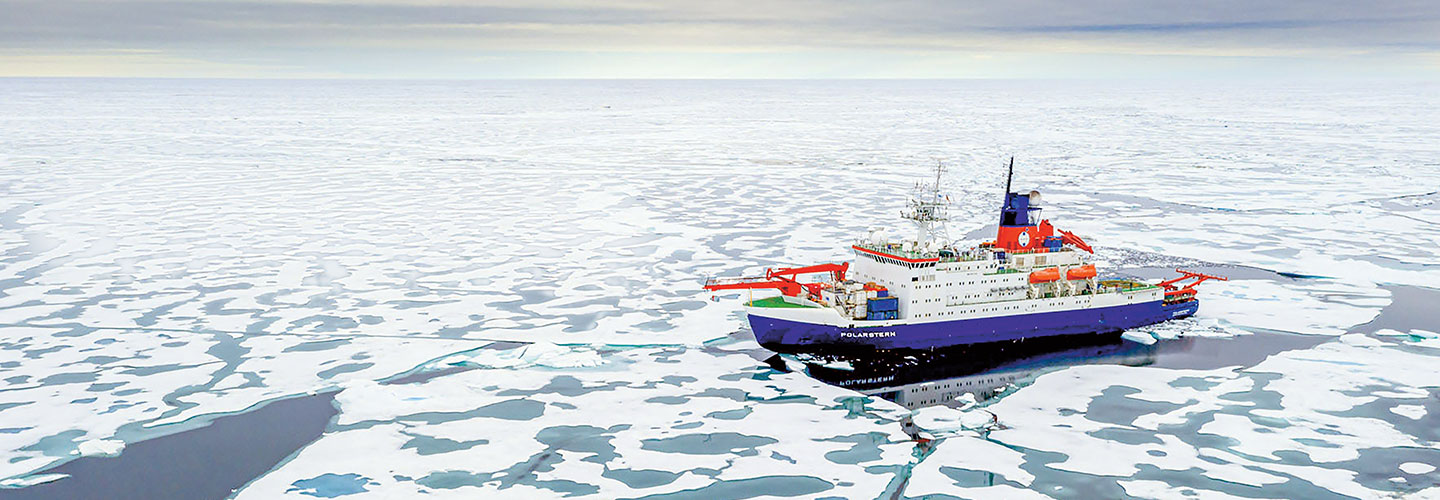The Arctic is famous for ice, snow, and giant glaciers—not to mention polar bears. But Earth’s northernmost region is getting an unwelcome makeover, scientists say. New research shows that climate change is shifting Arctic conditions, from snow and ice to rain and ice-free seas.
“The ice is only half as thick as it was 40 years ago,” says Markus Rex, a German scientist. Rex recently led a yearlong expedition in the Arctic.
The international effort, nicknamed MOSAiC, was the largest and longest polar research expedition of its kind. Scientists wanted to learn more about how the Arctic is changing—and why.

